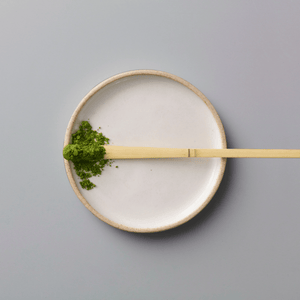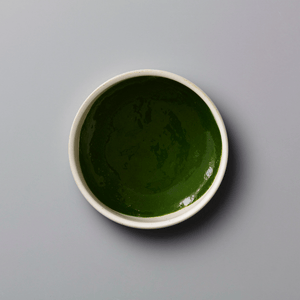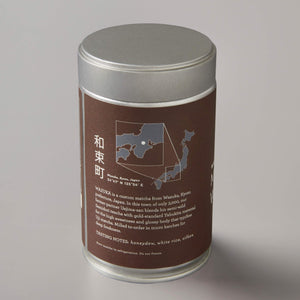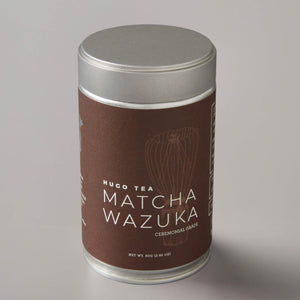Your Cart is Empty
Author: Max McPartland
Abstract:
When we set out to build our matcha supply chain a decade ago, we kept hitting the same wall.
The easy path? Buy from a Japanese wholesaler. These large, well-established firms control the majority of Japan’s matcha exports. They maintain vast catalogs of matcha at different grades—priced, labeled, and ready to ship. You pick a grade. You buy. Done.
But that’s not how we work.
The Hugo method has always been about relationships—working directly with producers, understanding their craft, and staying close to the leaves. We wanted more transparency, more control, and a clearer line from field to cup.
So we built something different.
HOW IT NORMALLY WORKS
Most exported matcha from Japan follows the same chain.
It starts with the farmer, who grows, harvests, and processes the first few steps—steaming and drying the leaf to make aracha (unfinished tea). At this point, it’s not matcha yet. It’s not even tencha.
From there, most producers send their aracha to a Japanese wholesaler. These companies blend raw leaf from hundreds of farms, finish it into tencha, then mill it into matcha and handle the export. For most farmers, this is the only viable path.
To be clear: wholesalers serve a purpose. But again and again, on visits across Japan, we heard the same thing from farmers: the system is off balance.
THE CRUNCH FOR JAPANESE TEA FARMERS
Japan’s tea producers are under increasing pressure—rising costs, shifting climate conditions, and a shrinking domestic market for traditional styles like sencha and gyokuro.
The population declines by roughly 500,000 people each year.That means fewer farmhands, fewer customers, and more abandoned fields.
Matcha is a bright spot—global demand is rising. But that’s drawn in the wholesalers, too. They approach farmers with the same pitch:
THE HUGO WAY
We weren’t interested in buying from a catalog.
Yes, it’s easier. But tea is a craft. We wanted to know where it came from, who made it, and how. So we asked: what if we just handled the rest of the supply chain ourselves?
Most farmers didn’t believe it was possible. Even Nanako Mizutani, our longtime friend and now director of Hugo Tea Japan, was skeptical. But she also had an idea: move to Wazuka, the heart of matcha country, and help us build something new.
Together, we did.
We established a local packing facility in Wazuka to take care of the final steps:
- Finishing
- Blending
- Milling
- Packing
- Exporting
In essence, we became our own micro-wholesaler—one focused on quality, fairness, and partnership.
We also support producers like SONOGI who are investing in their own matcha production—helping them pack, export, and even build direct-to-consumer channels like Amazon. That’s not something a traditional Japanese wholesaler would ever do.
This isn’t just about tea. It’s about ownership and visibility. We don’t hide where our tea comes from—we highlight it. Our role is to build a platform that supports producers in growing something sustainable, even beyond us.
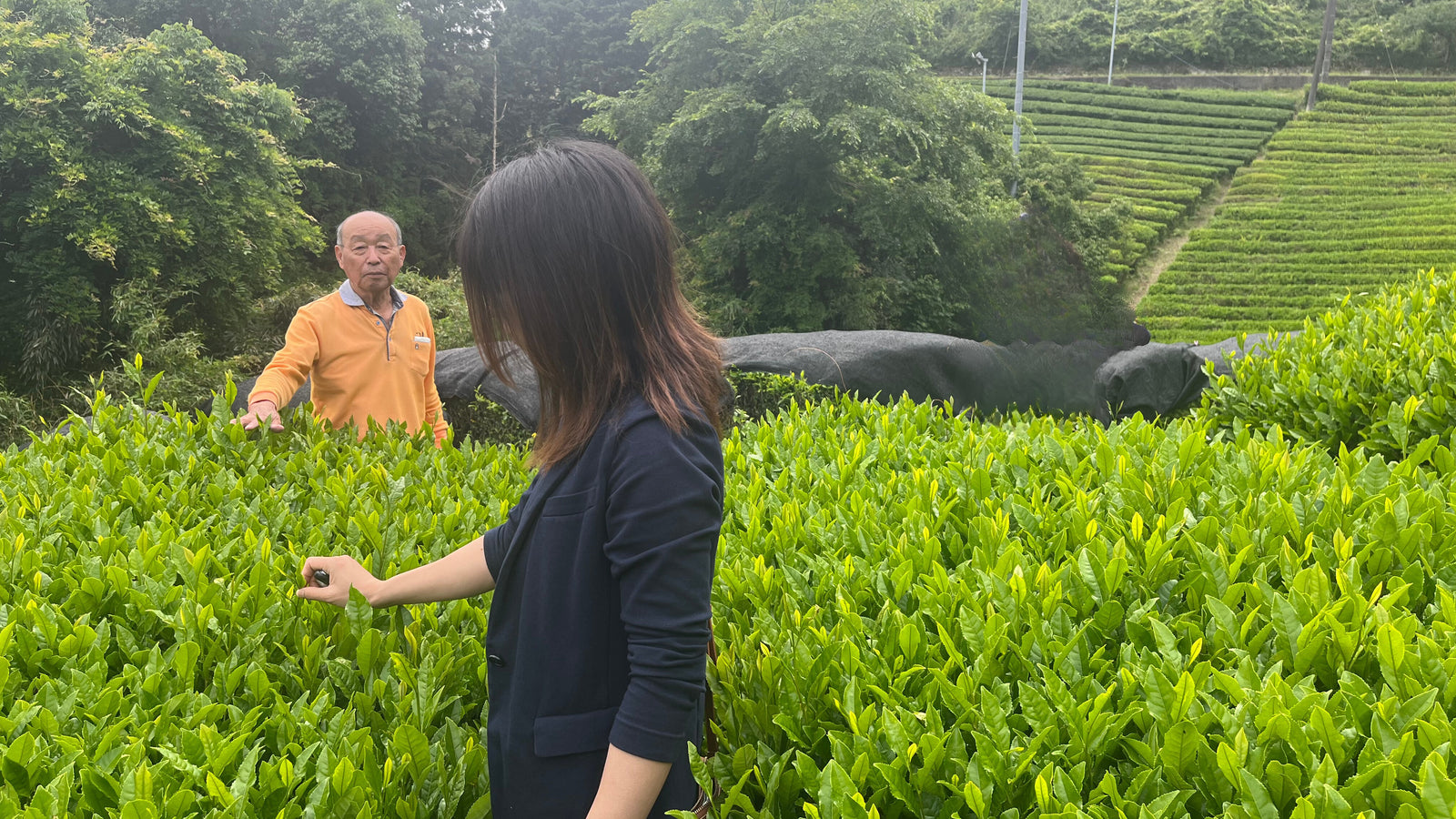
Why it Matters
This model benefits everyone:
- Farmers earn more and keep control over their work.
- We get tighter quality oversight and deeper partnerships.
- Customers get fresher, more traceable matcha at better prices-milled and packed monthly at origin.
Want to dig deeper into one of our Wazuka origins? Click Learn More to explore the farm.
Learn MoreA NEW WAY FORWARD
We’re not the only ones doing this—but it’s rare.
Building a better matcha supply chain means rethinking the entire system. When one facility, run locally, handles production, packing, and export under one roof, everyone wins. This is just one part of a larger vision: A tea trade that’s transparent, equitable, and built to last.
Better tea. Better pay. More transparency. Just the way it should be.
Sources
Everything you need to know about Tencha
https://www.shizuokatea.com/blog/everything-you-need-to-know-about-tencha/
Economic and Social Commission for Asia and the Pacific: Japanese Population Trends
https://www.population-trends-asiapacific.org/data/JPN
East Asia Forum: Combatting Japan’s agricultural worker
https://eastasiaforum.org/2022/03/03/combatting-japans-agricultural-worker-shortage/






